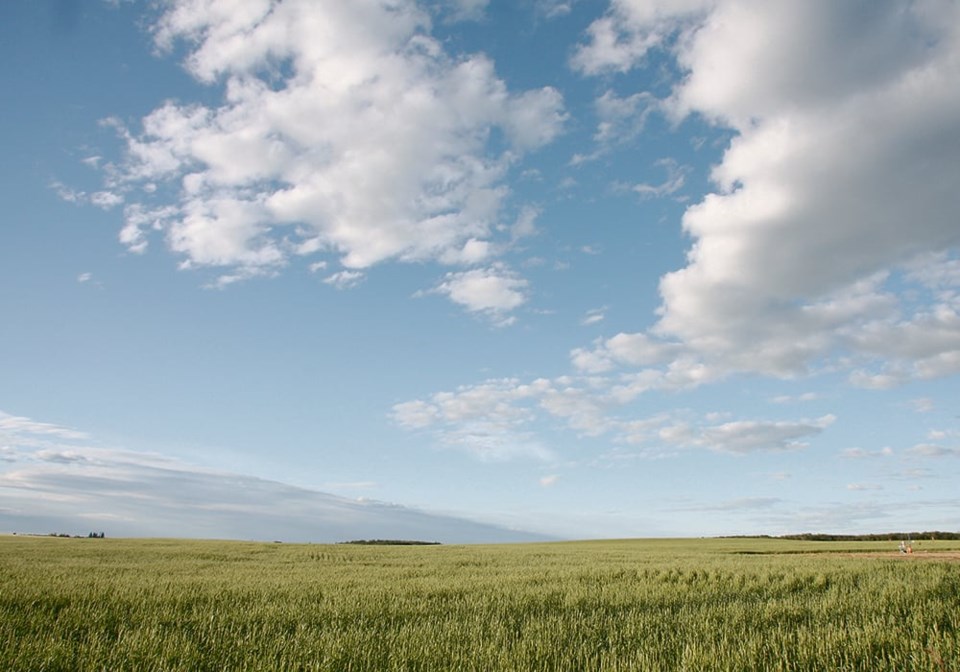Crops in British Columbia have gone from bad to worse as a grave wildfire situation compounds drought problems.
B.C. Premier David Eby called a state of emergency for the entire province last week.
B.C.’s Peace Country near the Alberta border, has dealt with fire and drought this year, but cereal, pulse and oilseed crops are being harvested, according to B.C. Grains spokesperson Jennifer Critcher.
“We had a very early spring, one of the earliest springs we’ve had on record, that started off really hot and dry as we went into April,” said Critcher. “There was a substantial amount of forest and grass fires that started in the spring, right into seeding. Some guys were fighting fires while seeding crops at the same time.”
Critcher said wildfire crews and producers worked well together to deal with the situation, which has since calmed in the region.
But low soil moisture conditions have persisted.
“Where we are sitting right now, it’s about 70 percent of our regular crop yields,” said Critcher, cautioning those are preliminary estimates. “We were pretty dry heading into mid-July.”
The precipitation shifted a little, starting at the end of July, with some area’s receiving their first growing season rainfalls as the month wound to a close.
Scattered rains have helped some producers, “but I wouldn’t say we’ve had a consistent rainfall across the whole region,” said Critcher.
That inconsistency makes it hard to paint a complete picture of what this year’s crops coming out of the Peace will look like, she added.
“But what we are really seeing is that producers who’ve done a really good job as far as fertility management, variety selection and overall soil management, their crops are looking significantly better,” said Critcher. “The guys who have been doing sound agronomic practices are really seeing that pay off this year.”
Peace Country farmers are resilient but the Yo-Yo effect of too much precipitation and cool weather one year followed by too dry and hot the next is taking a toll on producers, said Critcher.
“It seems like we’re going from one extreme to another,” she said. “The cumulative impact of all these events is really starting to hit producers on many different levels. Financially, emotionally, agronomically — there are a lot of different factors that are playing into dealing with this.”
B.C. Grains is gathering feedback as to what is working and what isn’t in such topsy-turvy conditions.
Critcher said one trend that isn’t likely to be reversed is the reduction in the number of farmers and the growing size of farms.
She said B.C. Grains’ membership has gone from 1,000 to 300 during the last 15 years.
She said for Peace area farmers to be successful next year, they need precipitation after harvest, followed by plenty of snow over winter, and a slow melt in the spring.



